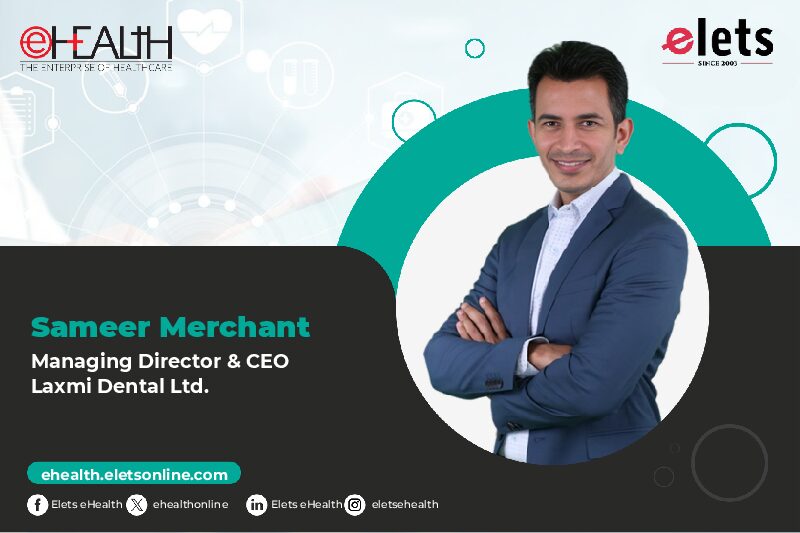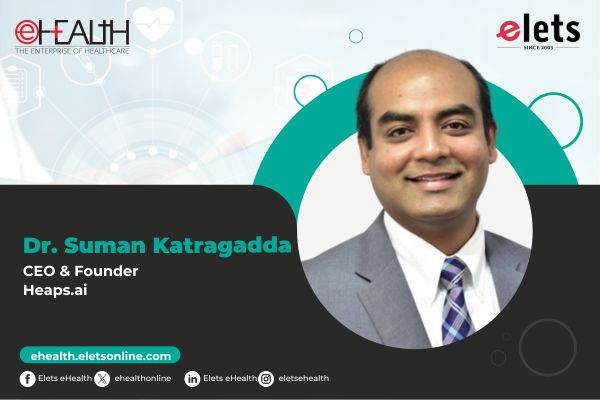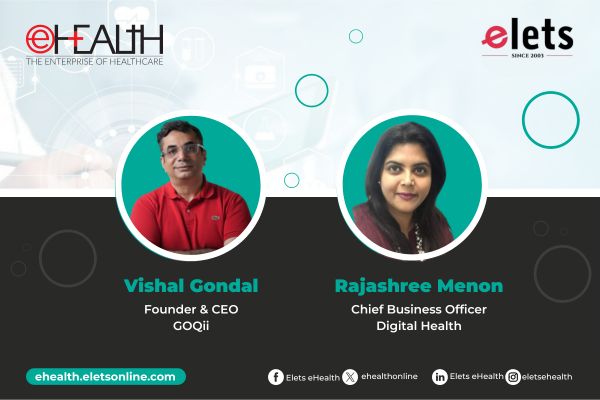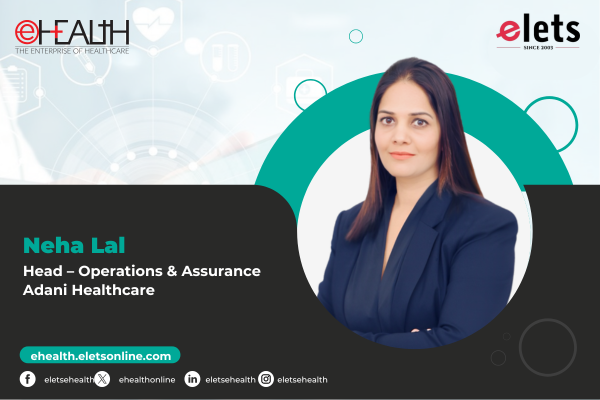
Introduction
Peru is officially classified as a middle-income country. Strong economic growth over 9 consecutive years (9% in 2007; 10% in Jan 2008 alone), low inflation and a budget surplus coupled with the growth in reserves have resulted in Fitch Ratings raising Peru’s foreign currency debt rating to the investment grade level of BBB in April 2008.1 However, despite surging economic growth, large sections of the population remain marginalised with distinct inequalities between those living in urban and rural areas.
The aim of project MedNET is to develop a medical health network in Peru targeting locations that have been virtually abandoned by the state.

 The sites chosen for inclusion in MedNET are Chongos Alto, Comas, Pariahuanca, Puerto Ocopa, Mazamari, Rio Negro, S.M. de Pangoa (Figure 1).
The sites chosen for inclusion in MedNET are Chongos Alto, Comas, Pariahuanca, Puerto Ocopa, Mazamari, Rio Negro, S.M. de Pangoa (Figure 1).

Fig. 1. Map outline of the sites selected in Junn, Peru, for inclusion in MedNET

Medical situation
Currently, patients travel long distances just to arrive at the rural health centres chosen for inclusion in MedNET. Unfortunately, there is a dearth of medical equipment at these health facilities. If the physician is uncertain and decides to refer the patient for further consultation and/or examination, only approximately 5% of patients can afford to attend. Large sections of the community in these regions are effectively disenfranchised from the health service as a result of long distances, high costs associated with travel and lodging, cultural obstacles and endemic poverty. Costs average around 46 for these transfers and considering daily wages are approximately 2.3 per day.2 Additionally, natives, particularly in the jungle region of Rio Negro, Pangoa, Mazamari and Rio Tambo do not like to travel to the urban regions for cultural reasons.

The isolated nature of these sites also impact upon the medical staff with medics feeling isolated and vulnerable with no access to expert second opinion, severe lack of health resources and poor communication between health outposts and the regional health authority – DIRESA Junn.
After studying medicine in Peru, medical students have to spend a stipulated period of time practising medicine in a rural environment.
Competition for these posts is very high since, without this experience, a medic will be unable to apply for employment at any public hospital in Peru. In addition, each rural health care centre has a named medic who is responsible for the site. However, the SERUM ([medical] Student Undertaking Rural Medical Service) working at any particular site often works alone, and is unable to seek a second opinion. The need therefore, is to facilitate continual professional development.
Methodology
The network participant will communicate with the help of the collaboration medical application based on TeleConsult and @HOME medical database for vital signs, which has been developed by Fraunhofer IGD and MedCom GmbH, with partial financing of the European Commission.
1. Architecture and major components
1.1 TeleConsult
TeleConsult is a stand-alone application running on Windows 2000/XP. The application can acquire medical images from any ultrasound device through a video grabber attached to the computer. Furthermore, DICOM based agents would store medical images from any DICOM compliant device (DICOM is a worldwide standard for the representation of medical imaging data). TeleConsult application is a combination of a 2D/3D DICOM Viewer, an image grabbing software, medical annotation tool and a medical telecommunication tool. Figure 2 illustrates the user interface of TeleConsult.3,4,5
Fig. 2. TeleConsult user interface

The largest part of the user interface is used for the display of the images. On the left side of the software all images, currently loaded into TeleConsult are listed. In the centre of the user interface, there is place for showing the details of one or more images. All operations, a user of the software can operate can be assigned to following eight modules:
-
The Database Interface menu
-
The Image View menu
-
The File I/O menu
-
The Geometry menu
-
The Greylevels/Colors menu
-
The Tools menu
-
The Cine menu
-
The Teleconsultation menu
Teleconsult is currently used in several European locations, and provides an excellent, proven communication tool for telemedicine systems. The system also provides easy localisation options for Spanish and Portuguese.
1.2 Medical database/Health care records
 There are alternative ways to manage clinical information using paper cards and charts, but for clinical trials, monitoring and analysis of population data and telemedicine, computerisation of some sort is generally required. A key challenge is to create sustainable systems that are able to be used widely and can support several of the above tasks, rather than using multiple “stove pipe” applications.
There are alternative ways to manage clinical information using paper cards and charts, but for clinical trials, monitoring and analysis of population data and telemedicine, computerisation of some sort is generally required. A key challenge is to create sustainable systems that are able to be used widely and can support several of the above tasks, rather than using multiple “stove pipe” applications.
Our medical imaging application offers a patient management database with the following possible operations:
-
Creation, modification and deletion of patients.
-
Creation, modification and deletion of studies.
-
Storing of images, configurations, videos and other (additional) files assigned to a patient and study.
-
Swapping out data (images) to other storage medias, whereby the purpose is to prohibit the local hard disk of getting full.
-
Export and Import of patients/studies and images to external files, whereby the purpose is the exchange of data between several databases.
-
Loading of images, configurations and videos into TeleConsult.
-
Importing of DICOM images into the Database.
-
Sending and receiving of messages, together with patient, study and image information from and to other TeleConsult workstations (Offline Messaging)
-
Importing/exporting of vital signals (ECG, BP, SPO2, Glucose) into the database.
The database is based on openEHR, the definition of the “electronic health record” corresponds to the “Integrated Care EHR” as defined in ISO/DTR 20514: The Integrated Care EHR is defined as a ‘repository of information regarding the health of a subject of care in computer processable form, stored and transmitted securely, and accessible by multiple authorised users. It has a commonly agreed logical information model which is independent of EHR systems. Its primary purpose is the support of continuing, efficient and quality integrated health care and it contains information, which is retrospective, concurrent and prospective’.6
The EHR has the following characteristics
Patient-centred: one EHR relates to one subject of care, not to an episode of care at an institution;
Longitudinal: it is a long-term record of care, possibly birth to death;
Comprehensive: it includes a record of care events from all types of carers and provider institutions tending to a patient, not just one speciality; in other words there are no important care events of any kind not in the EHR;
Prospective: not only are previous events recorded, so is decisional and prospective information such as plans, goals, orders and uations.
1.3 Satellite Communication / AmerHis
Most of the sites do not have any access to Internet. Where Internet access is available in the local community, it is extremely slow. Mazamari, Pangoa and Rio Negro are the only sites with a fixed telephone landline. Chongos Alto, Puerto Ocopa, Pariahuanca and Comas can be contacted through a satellite-community telephone. Mobile phone coverage is sporadic but CLARO (part of the telecom group Amrica Mvil) provides better coverage, on average, to most of the MedNET sites in Peru compared to MOVISTAR (owned by Telefnica Mviles).
The selected regions in Peru have no access to broadband communications. Therefore, AmerHis system is going to be utilized. AmerHis is making use of DVB-RCS bi-direction European standard. Thales Alenia Space Espaa has leaded the AMERHIS project within the Hispasat Amazonas satellite. AmerHis is an advanced communication system, supported and co-funded by ESA and the Industry, to deploy an advanced communications system based on a regenerative payload on board the Amazonas satellite.7
The AMERHIS system integrates a Broadcasting Multi-Media network with an Interaction network by combining two standards, the DVB-S and DVB-RCS into one unique regenerative and multi-spot satellite system. In this manner, the users calling for broadband and interactive services will be able to utilize standard stations (RCSTs) at both transmitting and receiving sides. Next figure illustrates the concept.
In this system, the DVB-RCS return channel standard is applied by all users to access through a standard uplink to the satellite. On board, the regenerative payload (OBP) is in charge of multiplexing that information from diverse sources into one or more DVB-S data streams capable of being received by any standard IRD equipment. The on board repeater is not only capable of multiplexing signals coming from the same uplink, but also cross-connecting and/or broadcasting channels coming from separate uplink coverage areas to different downlink coverage areas.
2 Community Engagement
Through the medical staff and local community representatives, we managed to obtain a good impression of the needs of not only the health care establishment, but also the wider community.
The recurring themes from the 7 sites chosen were the need for:
-
Basic medical diagnostic equipment (such as there were no [functioning] ultrasounds or working microscopes at any of the rural health centres)
-
The need for improved communications for the wider local community and also for essential medical information
-
Expert second opinion
-
Improved institutional efficiency
-
Capacity building programmes
-
Stable electrical supply
At each site in Peru chosen for inclusion in MedNET, the local municipality has offered their full support. The actual support provided depended on the clinical and technical requirements of each site, and also to a certain degree, the funds available with each municipality though even municipalities with limited funds offered assistance “in-kind.” Stable electricity supply too will be taken care of by the municipalities.
The additional services the projects consortium members plan to provide at each site in an attempt to exploit the MedNET infrastructure (e.g. internet, VoIP, etc.) are also of particular interest to each municipality and the services could easily be divided between municipality and health care centre, particularly in Chongos Alto, Mazamari, Rio Negro, Comas and S.M. de Pangoa due to the proximity of both.
Sustainability is a primary objective of MedNET and involvement of the local community is crucial if sustainability is to be achieved. In total, round table meetings were held with over 56 top-level stakeholder representatives from the seven sites and the two referral hospitals in Huancayo.
3. Expected Impacts
Regional workshops involving both public and private institutions delivering health services identified the most urgent health needs as viewed by the population. Based upon these locally perceived priority health concerns, together with statistics and epidemiological results from DIRESA Junn, the following were characterised as priority regional health problems.
-
Basic Hygiene
-
High prence of infant malnutrition
-
Female health problems: teenage pregnancy; maternal mortality.
-
High incidence of infectious / contagious diseases
-
Family violence
Many of these priority health concerns can be addressed both clinically and through the design of public health programmes in MedNET.
Additionally, the Conditional Cash Transfer programme ‘Juntos’ is an anti-poverty initiative launched by the Peruvian Government in 2005. This pilot project proposal in Peru aims to identify opportunities and synergies for co-operation and integration with current health sector reforms and particularly the “Juntos” programme:
-
Helping the health services and education operators become involved in a more effective way.
-
Facilitating capacity building programmes aimed at improving service quality.
-
Providing a platform that can be exploited to deliver improved standards in education and promote social enterprise in order to alleviate poverty.
General benefits accruing from the application of MedNET in Peru are:
-
Improved quality of health service to approximately 102,000, located in the pilot project locations.
-
Reduced the level of inequitable access to medical services.
-
Provided scientific and technological assistance to professional health workers – e.g. continuing professional development.
-
Facilitated an integrated level of patient attention.
-
Optimised administrative process embedding efficiency within the health system.
-
Augmented health awareness amongst the general population.
Acknowledgments
This project is partially funded under the 7th Framework Programme by the European Commission – ICT website on CORDIS https://cordis.europa.eu/fp7/ict/
References
[1]Associated Press, 03 April 2008.
[2]The average salary is considerably less in Satipo. M Gonzales, personal communication (April 2008).
[3]Kontaxakis, G., Walter, S. and Sakas, G. (2000) “EU-TeleInViVo: an integrated portable telemedicine workstation featuring acquisition, processing and transmission over low-bandwidth lines of 3D ultrasound volume images”, Information Technology Applications in Biomedicine: Proceedings of IEEE EMBS International Conference, p. 158 163
[4]TeleInVivo, https://www.igd.fhg.de/teleInViVo
[5]I. Sachpazidis, O. Hohlfeld, “Instant messaging communication gateway for medical applications”, IASTED International Conference on Telehealth 2005, 19-21July 2005, Banff, Canada
[6]openEHR, https://www.openehr.org/home.html
[7]AmerHis system, https://www.alcatel.es/espacio/pdf/amerhis.pdf
Authors
W. Menary, GeoPac UK
I. Sachpazidis, Department Cognitive Computing and Medical Imaging, Fraunhofer IGD – Germany
D. Rizou, Department Cognitive Computing and Medical Imaging, Fraunhofer IGD – Germany
J. Cardenas, Department of Informatics, DIRESA Junin-Peru
C. Cabrera, Department of Informatics, DIRESA Junin – Peru 
Be a part of Elets Collaborative Initiatives. Join Us for Upcoming Events and explore business opportunities. Like us on Facebook , connect with us on LinkedIn and follow us on Twitter , Instagram.
"Exciting news! Elets technomedia is now on WhatsApp Channels Subscribe today by clicking the link and stay updated with the latest insights!" Click here!
















